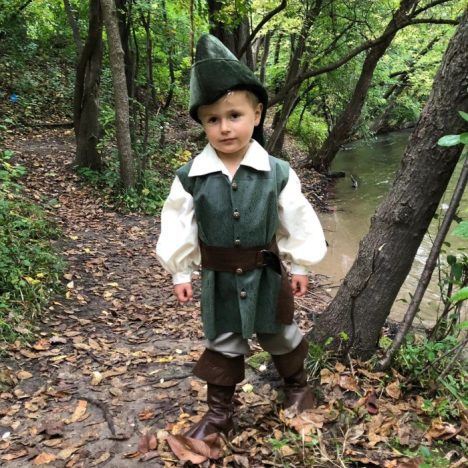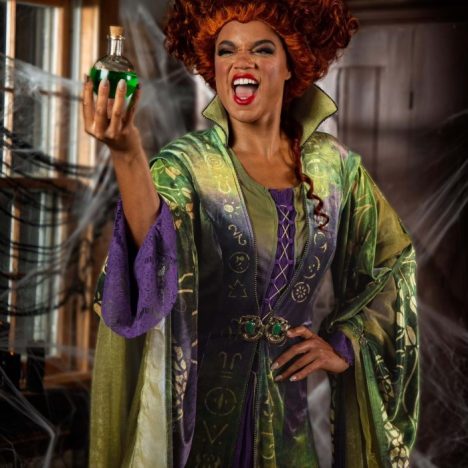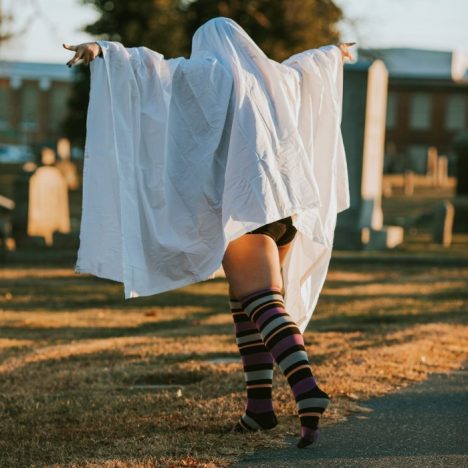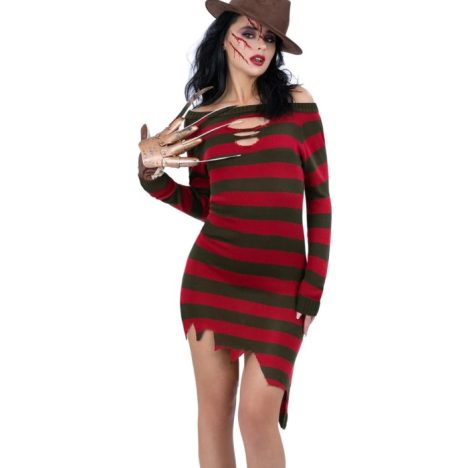Contents
Introduction
Robin Hood is a character who has captivated hearts for centuries, known as the legendary outlaw who fought against injustice. His iconic status in literature and film has turned the Robin Hood costume into a popular choice for Halloween, cosplay, and themed events. If you’re looking to dive into this adventurous character, creating your own DIY Robin Hood costume can be a rewarding and enjoyable project. Not only can you express your creativity, but you can also impress friends and fellow party-goers with a costume that reflects your personal style. In this comprehensive guide, we’ll explore how to assemble a complete Robin Hood costume, focusing on key elements and the step-by-step process to make it your own.
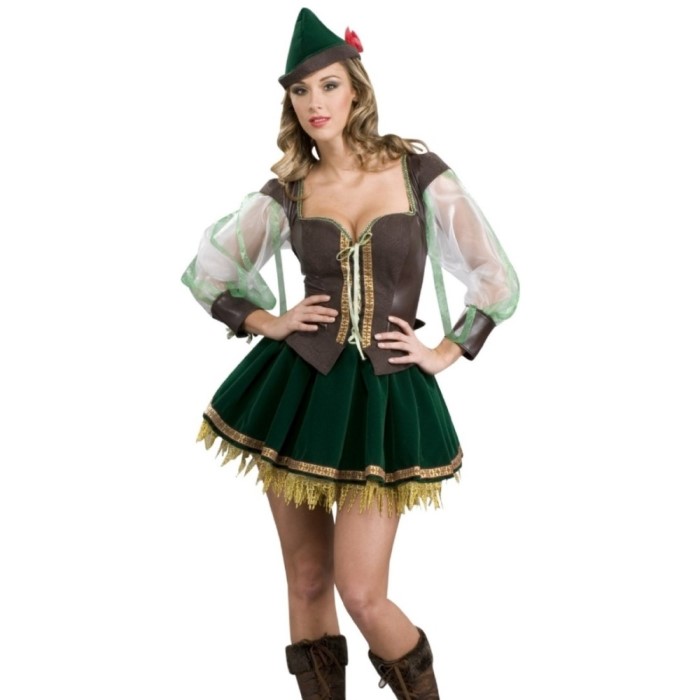
The Essential Elements
Before embarking on your DIY project, it’s important to understand the core components that characterize a Robin Hood costume. Recognizing these fundamental elements will help you achieve an authentic look.
1. The Hooded Tunic
The hooded tunic is arguably the centerpiece of the Robin Hood costume. This attire not only represents the character but also symbolizes his connection to the wilderness and the outlaw lifestyle.
Selecting the Fabric
- Opt for Traditional Styles: When you are selecting fabric for your Robin Hood costume, look for materials that resemble the styles commonly associated with medieval clothing. This will help you achieve an authentic look that reflects the historical context of the character.
- Color Considerations: Choose earthy tones like greens, browns, and rustic reds, which are often seen in medieval attire. These colors tie back to the forest theme associated with Robin Hood.
- Comfortable Materials: Comfort is key when choosing fabric for your costume.
- Cotton: This fabric is breathable, lightweight, and easy to move in. Cotton works well for warm weather and provides a soft texture against the skin.
- Linen: Linen is another excellent choice, known for its durability and breathability. It tends to get softer over time, providing long-lasting comfort.
- Heavier Fabric Options: For a more authentic medieval feel, you may want to consider using slightly heavier fabrics.
- Wool Blends: Wool or wool blends can offer warmth and thickness. While they may be warmer, they can give a more genuine medieval look to your tunic.
- Canvas or Muslin: These materials can also provide excellent structure and durability for your costume, giving it a more professional finish.
Designing the Tunic
- Tunic-Style Design: The tunic should reflect the classic style of medieval attire.
- Shape and Cut: Look for a design that has a loose, flowing shape. This allows for ease of movement and also gives you the traditional silhouette associated with Robin Hood.
- Incorporating a Hood: Including a hood in your tunic design adds functionality and style. The hood can fall over the face for a mysterious look or be pulled back for comfort and visibility.
- Facilitating Movement: Prioritize designing the tunic to allow for easy movement.
- Fit and Structure: Make sure the tunic is not too tight. Opt for a slightly oversized cut to enable comfortable arm movement while still looking stylish.
- Sleeve Length: Consider long sleeves that can be rolled up, which adds optional flexibility and ventilation, especially during activities or events.
- Detailing the Tunic: Adding details can help accentuate your costume.
- Hemline and Cuffs: Implement decorative stitching or trim along the hemline and cuffs to enhance the visual appeal of the tunic.
- Fastenings: Consider using ties or buttons at the collar or waist to give your tunic a more finished look while maintaining that classic medieval charm.
2. Trousers
Choosing the right trousers is critical to completing your costume.
- Color Choices: Brown or green trousers are ideal, reflecting the earthy tones and woodland themes associated with Robin Hood.
- Fit and Style: Opt for comfortable, loose-fitting pants. You might consider trousers that tie at the waist to emphasize mobility, important for an outlaw always on the run.
3. Footwear
Robust footwear is essential for a character who spends his time in the forest.
- Boot Options: Ideally, wear brown leather or rugged boots that match the rustic vibe of the outfit. Knee-high boots can add a dramatic flair, while ankle boots can provide comfort.
- Accessories for Footwear: Consider wearing leather wristbands or leg wraps to complete the look. These details can also enhance the “outlaw” portrayal.
Accessories: Enhancing Your Look
To truly embody Robin Hood, don’t forget to incorporate accessories that enhance your costume. The right pieces can add authenticity and flair.
1. Bow and Arrow
No Robin Hood costume is complete without a bow and arrow.
- Purchasing Options: Prop bows and arrows can be found at most costume shops. Make sure they are lightweight and safe for use at events.
- Creating Your Own: If you’re crafty, you might create your own bow using materials like a flexible branch and string, giving your costume a unique, personal touch.
2. Quiver
A quiver for your arrows instantly adds authenticity.
- How to Make It: Use a small pouch or fabric roll that can be strung over your shoulder or attached to your belt. Consider decorating it with elements that match your costume.
- Functional Additions: Besides holding arrows, a quiver can serve as a small bag for holding treats or other goodies at events.
3. Tights & Accessories
Adding tights or leg wrappings can enhance the medieval appearance.
- Choosing the Right Style: Consider wearing tights in dark colors to complement the overall look.
- Layering for Effect: You can also use fabric strips or faux leather to wrap around your legs, resembling traditional archers from Robin Hood’s era.
Crafting Your DIY Robin Hood Costume: Step-by-Step
Now that you are familiar with the main components, let’s break down the steps necessary to create your own Robin Hood costume.
Create the Tunic
- Materials Needed: Gather green or brown fabric, scissors, sewing thread, and a measuring tape.
- Instructions:
- Measure and cut the fabric to your desired length, ensuring that it is large enough to fit comfortably.
- Sew the sides together, leaving enough opening for your arms and neck.
- Create the hood by cutting a triangle of fabric and attaching it to the neckline.
Assemble the Trousers
- Purchasing or DIY: If purchasing, look for trousers that match your tunic’s color. If making them, cut the fabric into two pieces for each leg.
- Instructions:
- Sew the pieces together, ensuring they fit comfortably.
- Add ties at the waist for an adjustable fit.
Add Accessories
- Belt & Quiver: Use a simple leather or fabric belt to hold your tunic in place.
- Create or obtain your quiver and attach it to your belt. Customize it with your chosen decorative elements.
- Bow and Arrow: Carry your bow and arrow set, or practice your crafting skills to make your own.
Making it a Complete Look
1. Hair and Makeup
To finish your transformation into Robin Hood, consider hairstyling:
- Hair Ideas: If you have long hair, consider wearing it in a loose braid, which was common in medieval fashion. If your hair is short, you might consider wearing a cap.
- Makeup: Use natural tones for a rugged outdoor look. Adding some facial markings or dirt can add to your character’s authenticity.
2. Personality Elements
Think about the character traits of Robin Hood as you embody him:
- Confident Posture: Stand tall and embody confidence, reminding those around you that Robin Hood was a leader and hero.
- Playful Attitude: Add elements of humor or charisma to your performance, reflecting Robin’s character.
FAQs
What kind of clothes did Robin Hood wear?
Robin Hood is traditionally depicted wearing a green or brown hooded tunic, dark trousers, and leather boots. He also often sported a distinctive hat adorned with a feather.
What was Robin Hood’s hat called?
Robin Hood’s iconic hat is commonly known as a “Robin Hood hat” and is typically characterized by its conical shape and the signature feather tucked on the side.
Why is Robin’s costume like that?
Robin Hood’s costume reflects the medieval period and his role as an outlaw living in the forest. The colors are symbolic of his connection to nature, while the practical clothing allows for agility and movement.
Conclusion
Creating your own DIY Robin Hood costume is a fun and rewarding project that allows you to express your creativity while embracing the spirit of this legendary character. By understanding the essential components and following the steps outlined in this article, you will be well on your way to crafting a costume that is both authentic and unique. Don’t forget to personalize your outfit with accessories and details that reflect your personality. Whether you’re dressing up for Halloween, a themed party, or a historical event, embodying the essence of Robin Hood will surely make you the center of attention. So gather your materials, unleash your creativity, and get ready to channel your inner hero as you embark on the adventures of Robin Hood!
